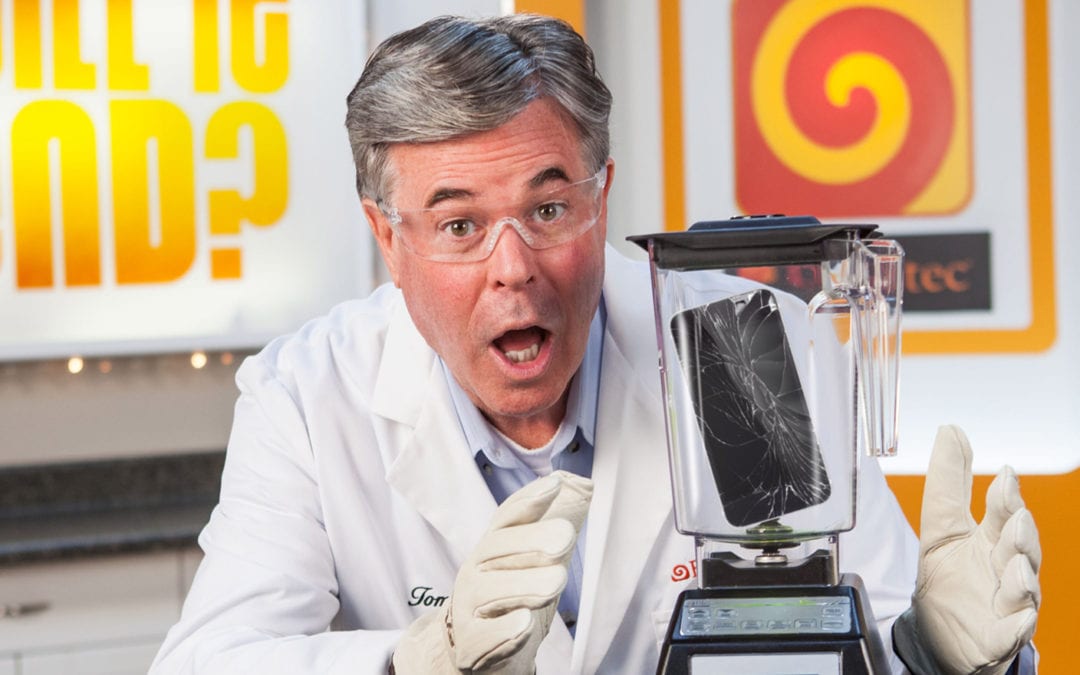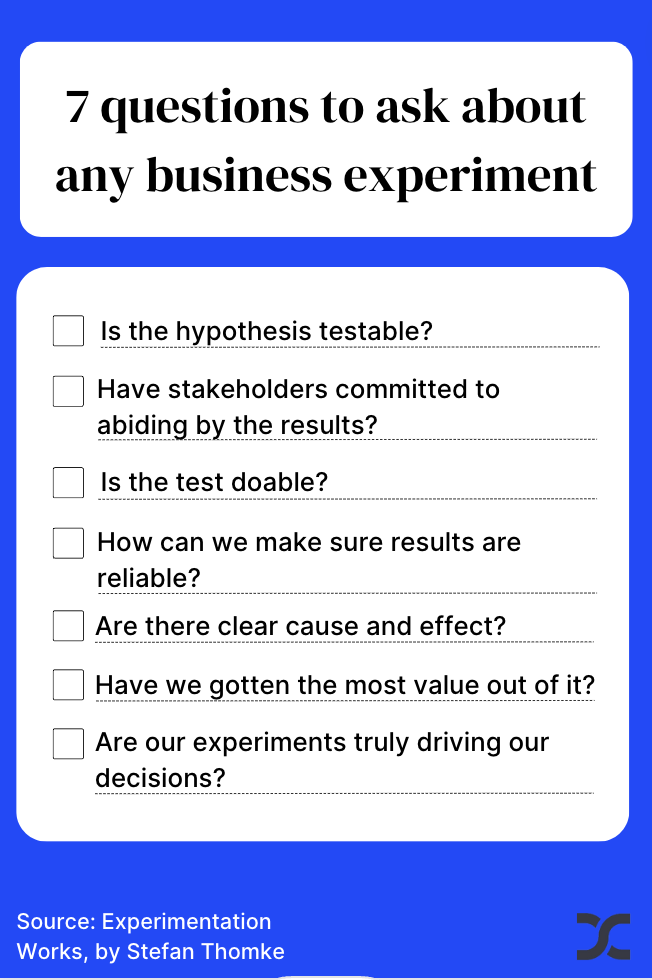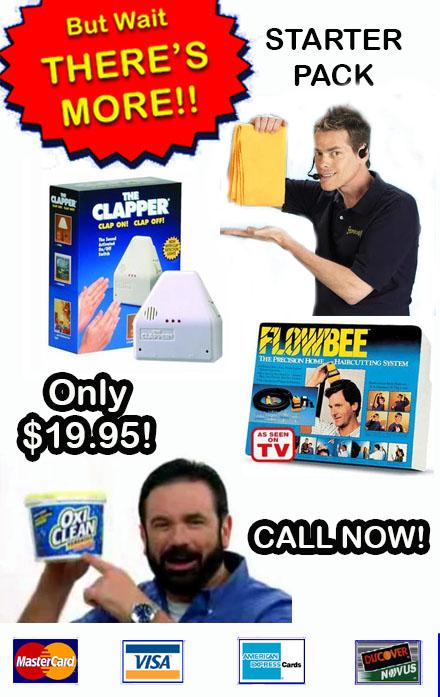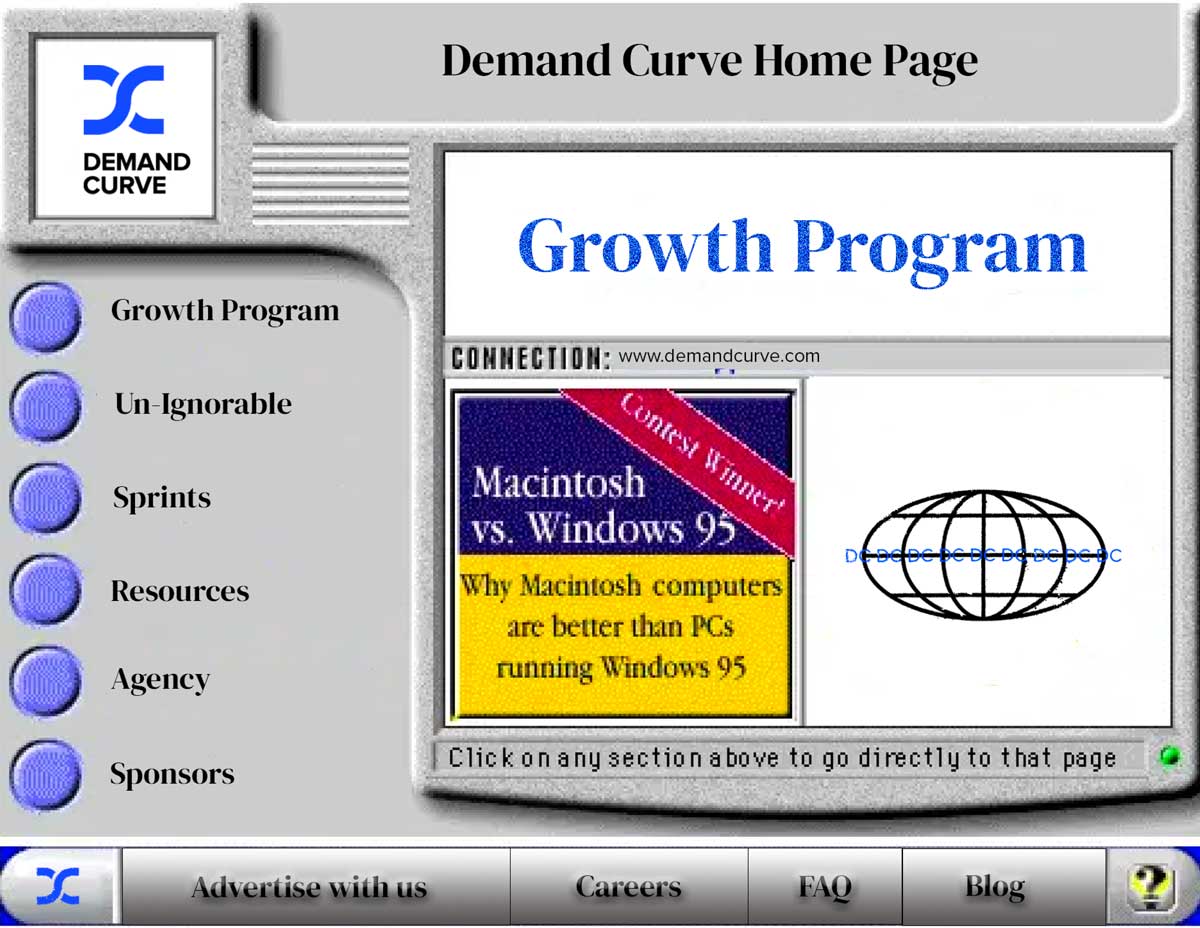Thanks to our sponsors for keeping this newsletter free for all of you! Check them out :)
Brought to you by tvScientific. Advertise on the biggest screen in the house.
tvScientific lets you effortlessly connect with your audience by advertising through premium streaming services (like Hulu, Tubi, and NBC). They offer precise targeting (over 15k unique segments + retargeting) and measure results in real-time (track CPA, ROAS, brand lift, and incremental value) on the biggest screen in the house.
Sign up for a demo—they’re offering a $1,000 credit for DC subscribers! And by communion. Most digital advertising is setting money on fire.
Communion helps you create and manage all your ad campaigns (Google, Meta, and TikTok)—all in one place. The average user sees 20% in savings.
Sign up now and connect an ad account—DC users get it for free for a limited time. |
Want to be featured in front of 78,000 founders and marketers? Learn more here. |
Hello and welcome to all you growth-loving founders and marketers.
This week is the unofficial book edition 📚—we're featuring three tactics from marketing/sales books. We talk about 6 ingredients to viral content, 7 questions to ask before/after experiments, and bonus offers (and OxiClean).
Let's dive in 🐐
– Neal |
|
|
1. The 6 ingredients of viral content
Insights derived from Contagious by Jonah Berger.
If you've never seen it, the Will It Blend? YouTube channel is one of the viral greats. For years they'd use their blenders to rip apart different everyday objects: |
But what exactly makes a campaign like this spread and get 293,926,912 views? And for a boring old blender company, Blendtec, no less. Jonah Berger (professor at the Wharton School) outlines in his book, Contagious, that we share content because of: - Social currency. Sharing it makes us look smart, cool, or interesting to our peers. For example: the ridiculousness of a blender tearing up a brand new iPad.
- Triggers. A stimulus in our environment prompts us to talk about it. For example: a friend busts out their blender to make a smoothie—or mentions their breakfast.
-
Emotion. When we care, we share. Activating emotions like anger, excitement, amusement, and awe drive action more than happiness, sadness, and contentment. For example, the amusement and awe we get watching marbles get pulverized.
-
Public. Can others see that people are using or engaging with the product? It's hard to emulate the behavior of others if we can’t see it. For example, we see the millions of views on the videos.
-
Practical value. We believe it to be legitimately useful to someone—even better if it's niche and we can think of "just the right person this'll help." For example, knowing that this blender is more than enough to grind up your smoothie.
-
Story. What broader narrative can this be wrapped in? Embed ideas and products into stories that people want to tell. Make your message so integral to the narrative that they can’t tell the story without it. Like the blender that's able to rip apart a crowbar.
Contrast this instead to Blendtec making videos that simply talked about the tech specs (5 speeds, 1hp motor, etc) and showed it effortlessly make a mango smoothie. BORING! Who cares, right?
If you want people to talk about your product, infuse your marketing campaigns with these elements to drastically increase the chance of it going viral (and driving sales). |
2. 7 questions to ask before and after an experiment
Insight from Experimentation Works, by Stefan Thomke. Everyone loves to say, "Let's run an A/B test!" But it's actually not the right move in many cases—particularly for startups. Make sure you can answer “yes” to these 7 questions before and after running an experiment: Before #1. Is your hypothesis testable?
Testable: “If we change our landing page header, our CTR will increase.”
Not testable: “If we change our landing page header, site visitors will like it better.” That’s subjective and not measurable. #2. Have stakeholders committed to abiding by the results?
We tend to reject outcomes that contradict our beliefs (called the Semmelweis Reflex, for gross reasons). That can be a problem if an experiment’s results are at odds with HIPPOs: highest-paid people’s opinions. So ask: Are the HIPP actually willing to change it? #3. Is the test doable?
Be realistic about the amount of time and resources it’ll take to reach statistical significance. If you don't have high volume, it probably isn't. Use this calculator to find out. #4. How can we make sure results are reliable? Pay attention to Twyman's Law: Any figure that looks interesting or different is usually wrong. Be very skeptical of the results, particularly if they're surprising. After
#5. Are there clear cause and effect?
People shop more when it’s cold in the UK. That doesn’t mean they shop more because it’s cold. It probably has more to do with the holidays.
Correlation is not causation. Drill into the deeper reason. #6. Have we gotten the most value out of it?
Your results could affect your market, product roadmap, future experiments, and entire growth strategy. One way to increase experiment value is to share your findings with your entire team. #7. Are our experiments truly driving decision making at our company? Are you just doing them to checking them off of a to-do list? Or is it actually something that's driving decision making? If not, they’re not worth the resources you’re putting into them.
And as a handy reference, here's a graphic! |
3. Sell more by adding bonuses to your offer
Insights derived from Contagious by Jonah Berger and $100M Offers by Alex Hormozi. If you're older than 30, you probably remember late-night informercials for knives and exercise equipment. "You might pay $100. You might even pay $200! But we're selling it for just $39.99 for the next 20 minutes.
BUT WAIT, THERE'S MORE! If you order in the next 10 minutes, we'll give you a second knife, and a knife sharpener worth $20 for free." Here's how that worked: - They price anchored you at $100 or even $200.
- $39.99 seems cheap in comparison—what a deal.
-
But they "quantity anchored" you at 1 being 39.99. Now they offer 2 for the same price!
- Oh wait, AND a $20 knife sharpener too? I'd be crazy to not order several.
- For good measure, they added time pressure to get you to order right away—at 1 AM while your partner is asleep and not there to talk sense into you.
These were really effective. |
We can use similar sales tactics, just in a less obvious and cringe way.
Here's what Alex Hormozi recommends for creating effective "bonus offers" on sales calls: - Identify the core component of your product. Separate everything else as a "bonus."
-
Tell people the price of the core product before introducing the bonus.
- If they close, you can wow them with the bonuses. If they don’t close, you can increase the value of the offer by offering bonuses.
-
The more bonuses you add to the offer, the harder it will be for people to resist the psychological principle of reciprocity. "Oh wow, he's doing so much for me."
- Then tell them:
How the bonus relates to their issue How you discovered it/what you did to create it (labor illusion) Will it make things faster, easier, less effort/sacrifice? (value equation)
Proof that this bonus is valuable (past client proof) Paint a vivid mental image of what their life will be like assuming after using it and are experiencing the benefits Assign a price value to the bonus and justify it Address a specific concern/obstacle in the prospects mind about why they can’t or won’t be successful (bonus should prove their belief incorrect) Should solve their next problem before they realize it's a problem. Take the words right out of their mouths.
Psychologically, if there’s all these bonuses, the buyer will think: “Well, the core offer has to be more valuable than all these bonuses."
And if you assign a price point to the bonuses that exceed that of the core offer, it’ll become a no-brainer—like an extra $40 knife and a $20 knife sharpener. |
Community Spotlight
We love it whenever someone gives Demand Curve a shoutout! Today, we're spotlighting a few of these people—who are also up to incredible things: -
Desislava Arnaudova is a Marketing Expert and Mentor at Hop Online, a performance marketing agency for SaaS companies. We're honored to be included in her LinkedIn post about useful marketing resources—check it out here.
- Franki Chamaki is Global Marketing VP at HIVERY, where he and his team use AI to support consumer goods companies and retailers with assortment strategy simulation and optimization analytics.
And as a very self-serving spotlight, I launched my first YouTube video on how I used AI to create my top post on LinkedIn. One of my goals going forward is to inject more video into our content, community, and site. First of many!
Want to see your name in the next issue of the Growth Newsletter? Share about your work and any of your recent growth marketing wins here. |
|
|
News you can use: Service we recommend: Vanta*
Achieving compliance can unlock significant growth and establish a foundation of trust—but the process is often costly, time-intensive, and manual.
Vanta automates up to 90% of the work for SOC 2, ISO 27001, HIPAA, and more — getting you audit-ready in weeks and saving significant costs (up to 85%). And it scales with your business—helping you successfully enter new markets, land bigger deals, and earn customer loyalty. Bonus? Demand Curve readers get $1000 off Vanta.
Learn more and grab the discount *Sponsored by Vanta |
|
|
Something fun
I'm considering rebranding the DC website. What do you think? |
|
|
What did you think of this week's newsletter?
😍 Loved it | 😄 Great | 🙂 Good | 🤷♀️ Meh | 🤬 Bad
If you enjoyed this, please consider sharing it with a friend. These newsletters take hours to make each week, so it really helps when you share us with fellow founders and marketers.
And if you have any comments/question, I'd love to hear them. Just hit reply!
In case you're new: Who's Demand Curve?
We’re on a mission to help make it easier to start, build, and grow companies. We share high-quality, vetted, and actionable growth content as we learn it from the top 1% of founders and marketers. How we can help you grow: -
Read our free playbooks, blog articles, and teardowns—we break down the strategies and tactics that fast-growing startups use to grow.
- Enroll in the Growth Program, our marketing course that has helped 1,000+ founders get traction and scale revenue.
Check out our Sprints: short video courses that are laser-focused on a topic in growth.
Want to build an audience of buyers? Join the waitlist for the Un-ignorable Challenge. -
Are you an ambitious startup/scaleup looking to grow? Our agency, Bell Curve, can be your strategic growth partner.
Get your product in front of startup founders by sponsoring this newsletter.
See you next week.
— Neal, Grace, Joyce, Dennis, and the DC team. |
|
|
© 2023 Demand Curve, Inc. All rights reserved. 4460 Redwood Hwy, Suite 16-535, San Rafael, California, United States
Unsubscribe from all emails, including the newsletter, or manage subscription preferences. |
|
|
|








